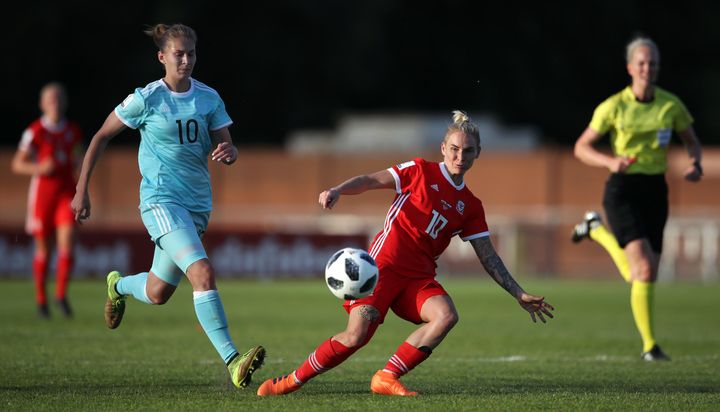
More than 45,000 football fans packed out Wembley Stadium earlier this month to watch Chelsea beat Arsenal 3-1. There’s nothing unusual about this sentence, until it’s completed by the words “…in the SSE Women’s FA Cup Final.”
Women’s sport is finally coming off the bench - and about time, too. But why has it taken so long? And what are the forces holding it back?
History holds a clue, and football gives us a focus. The women’s game wasn’t always a sidelined curiosity. On Boxing Day 1920, an estimated crowd of 55,000 filled Everton’s ground, Goodison Park, to watch twenty-two ladies play football. It’s possible that as many as 15,000 additional fans were locked out. This was 10,000 more spectators than at Wembley for the cup final. By way of context, this was not an historic anomaly. In 1895, women’s matches regularly attracted crowds of 10,000 spectators. So: the vital question - what caused a century-long reset?
The tipping point came in December 1921 - a year after that record-breaking attendance. The Football Association, alarmed at the growing popularity of women’s football, adopted a resolution that would alter the course of British sporting history:
“Complaints have been made as to football being played by women, the council feel impelled to express their strong opinion that the game of football is quite unsuitable for females and ought not to be encouraged.”
After that landmark decision, it was decreed that no FA team could use its ground for women’s matches. A paradigm shift had taken place, which set women’s football back many decades, as the ban stayed in effect until July 1971.
Societal and sociological changes began gradually to emancipate the women’s game again over the past three to four decades, with Channel 4 providing regular coverage of matches from 1989 and the FA outlining plans in 1997 to develop women’s football at every level. Now’s the time for the sport to come into its own, with the FA announcing in March that it is on track to double the numbers of players and fans by 2020.
But what are the structural barriers to this success being amplified and replicated across the entire sporting landscape, and how can these be overcome?
The oft-overlooked reality is that women have excelled across the whole range of sports, despite gender discrimination. The Olympics have often seen highlights and firsts, from Helene Madison’s phenomenal 100-metre freestyle in one minute at the 1932 Olympics to Morocco’s Nawal El Moutawakel becoming the first woman from an Islamic nation to win an Olympic medal for the 400-metre hurdles in 1984. But professionalising women’s sports has to start with the grassroots, by popularising them amongst all women and girls. Tomorrow’s world champions don’t emerge from a vacuum. They’re grown in today’s schools, communities and clubs.
Sport England notes that almost twice as many men take part in sport as women. Part of their remit is to narrow that gap. The organisation categorises the barriers into two: personal and practical. Practical barriers include the responsibilities and duties of both working mothers and full-time mums; children’s bed times and family meal times; and budgetary issues. Indeed, even this statement indicates an assumption: not every potential female sports participant has children.
The personal barriers are more psychological in nature. These range from fear of being judged, worries about appearance and lack of social confidence to concerns about ability – whether health related or not – and whether justified or not.
Participation rates amongst women across the board will continue to rise, but if we want (as a society) to accelerate this, being mindful of (and implementing) the following principles will help.
To challenge the dominant male paradigm, we must be unashamed of (politely, but firmly) challenging sexist worldviews. We should use the language of ‘wellbeing’ and ‘health’ to communicate more effectively.
Above all, we ought to realise that the rise of women in sport, and indeed the rise of women’s sport are not a new phenomenon, nor are they a cultural aberration. A hundred years ago, 55,000 watched a women’s game. Earlier this month, we saw a crowd of 45,000. It won’t be long before we’ll have come full circle, but now with a more enlightened outlook, and a brighter future.